Wen Hong
The First Airborne Experiment of Sparse Microwave Imaging: Prototype System Design and Result Analysis
Oct 20, 2021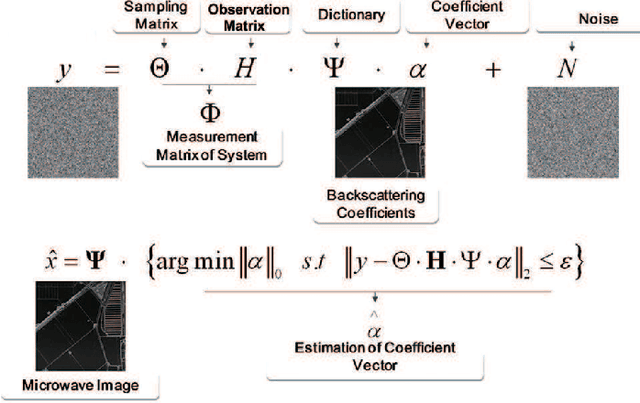
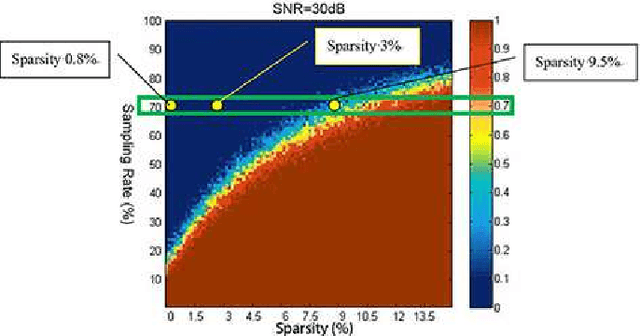
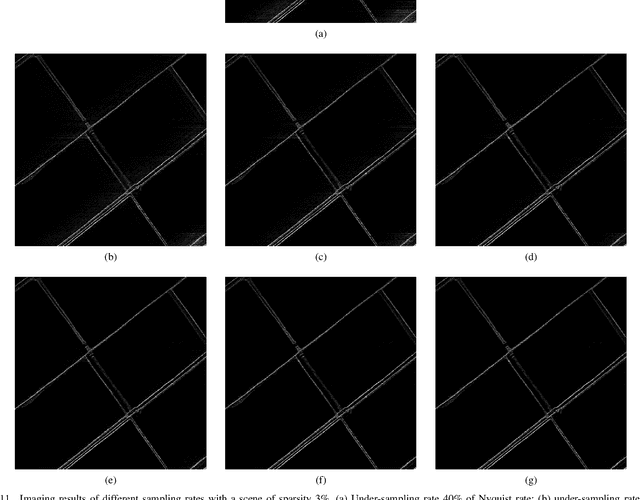
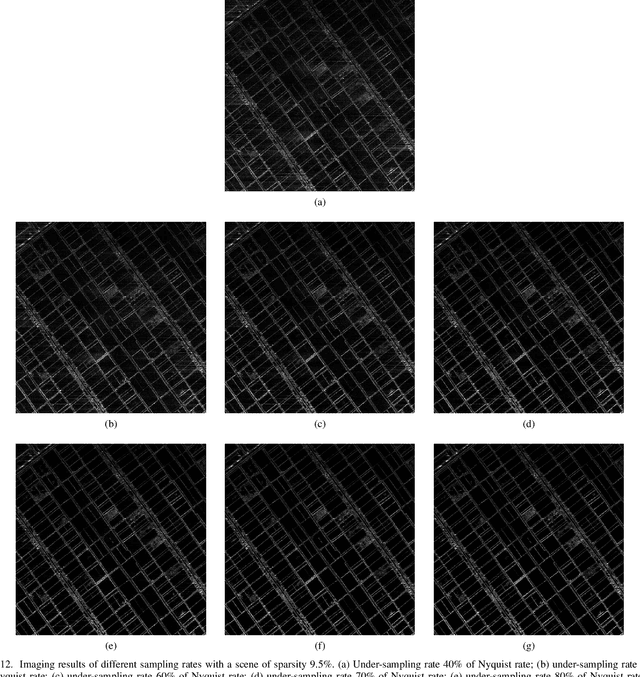
Abstract:In this paper we report the first airborne experiments of sparse microwave imaging, conducted in September 2013 and May 2014, using our prototype sparse microwave imaging radar system. This is the first reported imaging radar system and airborne experiment that specially designed for sparse microwave imaging. Sparse microwave imaging is a novel concept of radar imaging, it is mainly the combination of traditional radar imaging technology and newly developed sparse signal processing theory, achieving benefits in both improving the imaging quality of current microwave imaging systems and designing optimized sparse microwave imaging radar system to reduce system sampling rate towards the sparse target scenes. During recent years, many researchers focus on related topics of sparse microwave imaging, but rarely few paid attention to prototype system design and experiment. We introduce our prototype sparse microwave imaging radar system, including its system design, hardware considerations and signal processing methods. Several design principles should be considered during the system designing, including the sampling scheme, antenna, SNR, waveform, resolution, etc. We select jittered sampling in azimuth and uniform sampling in range to balance the system complexity and performance. The imaging algorithm is accelerated $\ell_q$ regularization algorithm. To test the prototype radar system and verify the effectiveness of sparse microwave imaging framework, airborne experiments are carried out using our prototype system and we achieve the first sparse microwave image successfully. We analyze the imaging performance of prototype sparse microwave radar system with different sparsities, sampling rates, SNRs and sampling schemes, using three-dimensional phase transit diagram as the evaluation tool.
SAR Target Recognition Using the Multi-aspect-aware Bidirectional LSTM Recurrent Neural Networks
Jul 25, 2017



Abstract:The outstanding pattern recognition performance of deep learning brings new vitality to the synthetic aperture radar (SAR) automatic target recognition (ATR). However, there is a limitation in current deep learning based ATR solution that each learning process only handle one SAR image, namely learning the static scattering information, while missing the space-varying information. It is obvious that multi-aspect joint recognition introduced space-varying scattering information should improve the classification accuracy and robustness. In this paper, a novel multi-aspect-aware method is proposed to achieve this idea through the bidirectional Long Short-Term Memory (LSTM) recurrent neural networks based space-varying scattering information learning. Specifically, we first select different aspect images to generate the multi-aspect space-varying image sequences. Then, the Gabor filter and three-patch local binary pattern (TPLBP) are progressively implemented to extract a comprehensive spatial features, followed by dimensionality reduction with the Multi-layer Perceptron (MLP) network. Finally, we design a bidirectional LSTM recurrent neural network to learn the multi-aspect features with further integrating the softmax classifier to achieve target recognition. Experimental results demonstrate that the proposed method can achieve 99.9% accuracy for 10-class recognition. Besides, its anti-noise and anti-confusion performance are also better than the conventional deep learning based methods.
* 11 pages, 10 figures
Compressed Sensing SAR Imaging with Multilook Processing
Oct 27, 2013

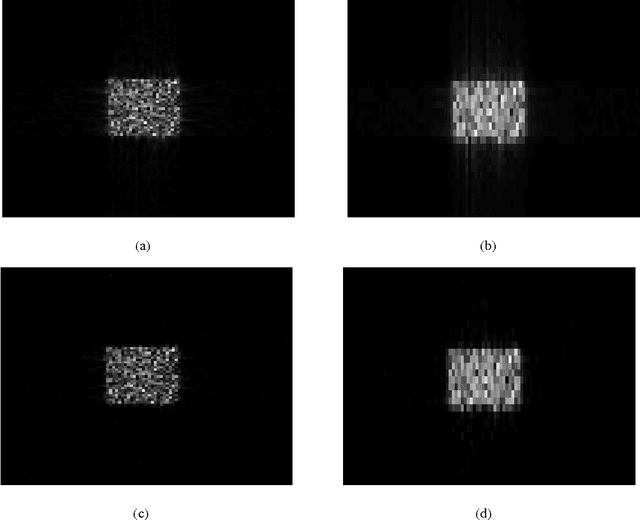

Abstract:Multilook processing is a widely used speckle reduction approach in synthetic aperture radar (SAR) imaging. Conventionally, it is achieved by incoherently summing of some independent low-resolution images formulated from overlapping subbands of the SAR signal. However, in the context of compressive sensing (CS) SAR imaging, where the samples are collected at sub-Nyquist rate, the data spectrum is highly aliased that hinders the direct application of the existing multilook techniques. In this letter, we propose a new CS-SAR imaging method that can realize multilook processing simultaneously during image reconstruction. The main idea is to replace the SAR observation matrix by the inverse of multilook procedures, which is then combined with random sampling matrix to yield a multilook CS-SAR observation model. Then a joint sparse regularization model, considering pixel dependency of subimages, is derived to form multilook images. The suggested SAR imaging method can not only reconstruct sparse scene efficiently below Nyquist rate, but is also able to achieve a comparable reduction of speckles during reconstruction. Simulation results are finally provided to demonstrate the effectiveness of the proposed method.
 Add to Chrome
Add to Chrome Add to Firefox
Add to Firefox Add to Edge
Add to Edge